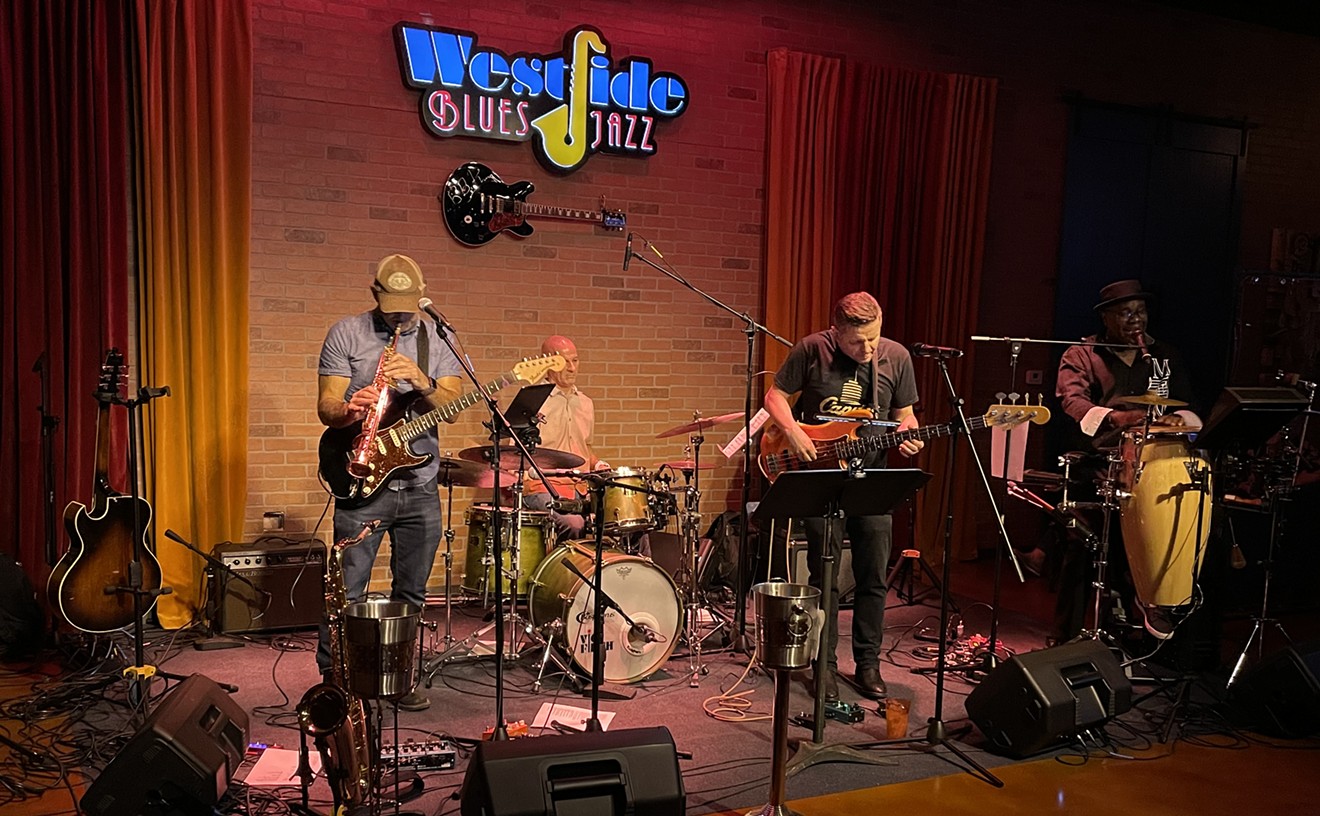Where mere mention of the hot-button political issue erects a superficial wedge between people on each side of the fence, Weyant's music manipulates the line-drawing physicality and melds controversy into a harmonious composition. The field recording moves from an ambient blitzkrieg of haunting moans to a sparse sonic assault, then settles into a white-noise patchwork featuring rotating blades from United States Border Patrol helicopters, the howl of early-summer desert winds, and desert rocks being crunched underneath walking feet. Weyant's "guerrilla recording" methods (the total cost of mallets, mics, and effects pedals was less than $100, and the items fit snugly in a shoulder bag pocketbook) included adjusting the slack in the barbed wire to produce differing tones, and banging on empty plastic water jugs left behind by undocumented citizens.
Weyant's eerie sound collage may be a tough indoctrination to uninitiated eardrums, but transporting folks to another listening dimension is exactly what experimental music strives to achieve. Each acute hiss and crackle presents a dialogue between musician and listener by illustrating the colors and textures of the Sonoran Desert barrier, an infamous impediment that has become a cut-and-dried, brown-and-white issue.
At one point during Weyant's sonic treasure hunt, a City of Nogales cop rolled up in a patrol car and approached the artist, and immediately typecast the mid-40s man as being in the bewildered and unmindful camp. However, after a lengthy conversation, the policeman wished Weyant luck and hoped that the musical experiment would shine a light on the border town other than the ugly glow cast by position-battling politicians and makeshift vigilante groups.
In the end, The Anta Project breaks down walls sonically and socially because the grumpy old three-mile fence is given a voice. Not only does the work blur the lines between creative music and sociopolitical art, but it also puts a new face on a contemporary issue that can't always be expressed with words. And like any imposed barrier, it's not always pretty.










